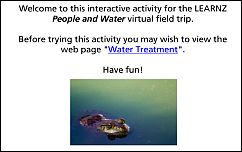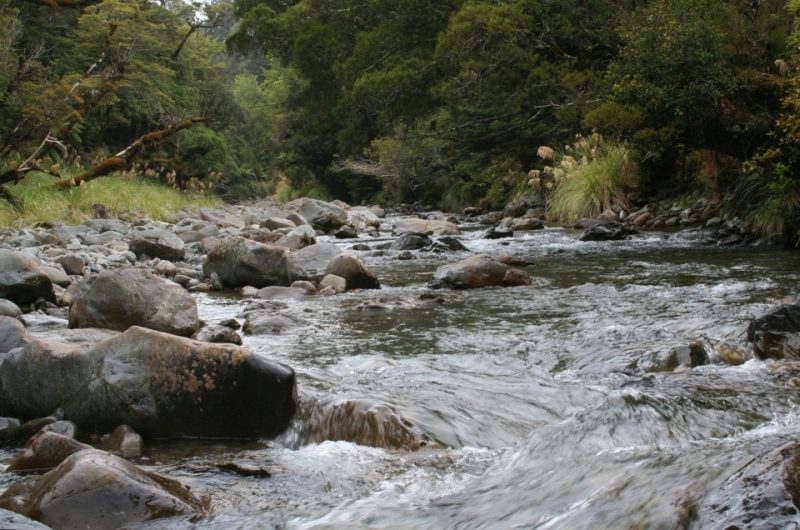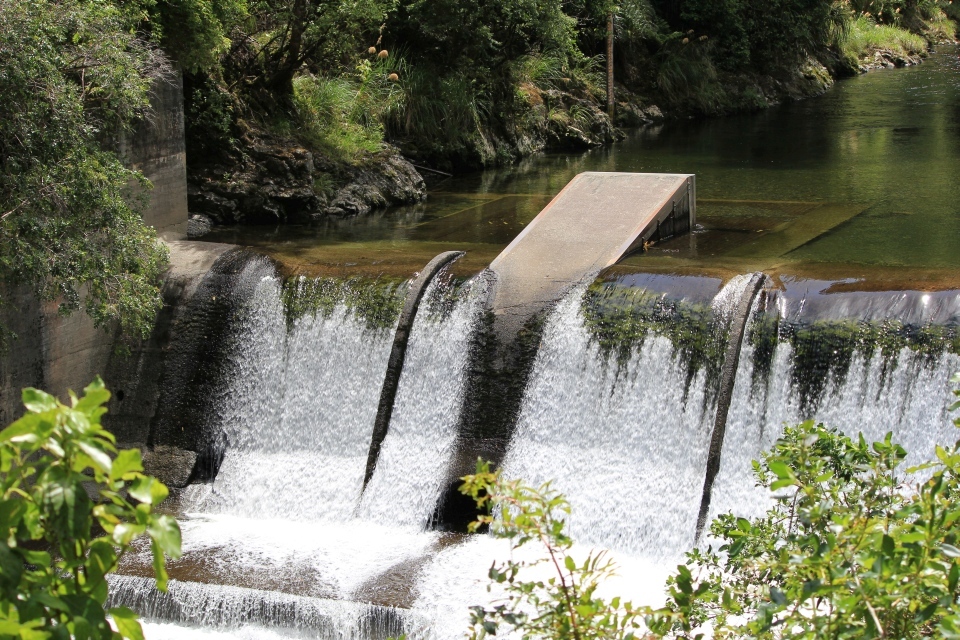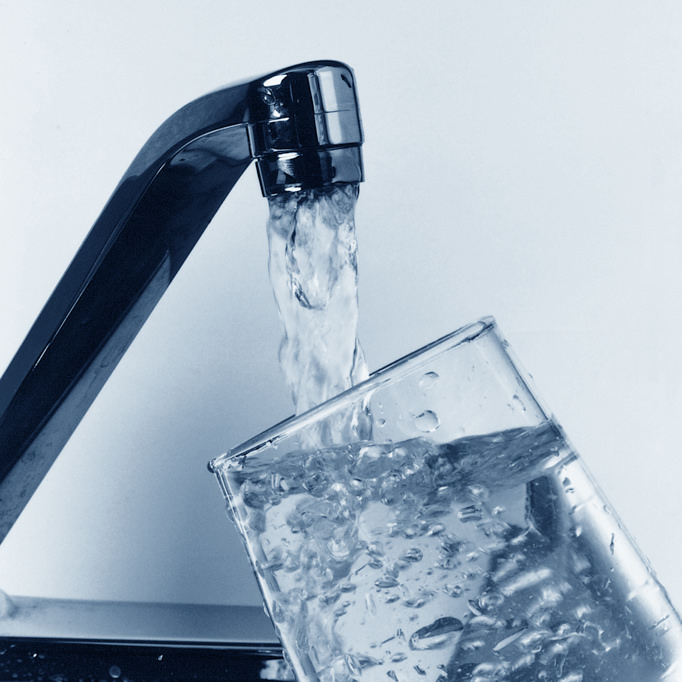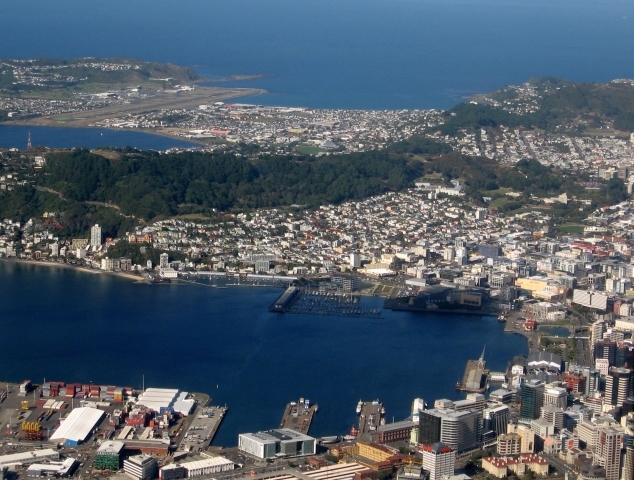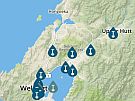The simplest water supply is just a well with a pipe from it, or a pipe from a river or lake, perhaps with a pump and storage tank. Water needs to be free of contamination and safe to drink.
Risks to drinking water
Chemical contamination of New Zealand water supplies is a small risk. Here and throughout the world the greatest risk to water supply comes from bacterial contamination. Animal, bird and even human effluent, introduced upstream from a water supply, can make that water unfit for drinking.
There are two ways of minimising the risk from bacteria:
- Keep the source as clean as possible, by protecting the catchment and minimising the chance of contamination.
- Treat the water to destroy any introduced contaminants.
Often both methods are used along with regular monitoring of the water quality.
Water treatment plants
Treatment plants are used to remove actual or potential contaminants and ensure water is safe to drink. The most common treatment is chlorination, where a chemical compound is mixed with the water to kill any bacteria from the source. This treatment will also continue to provide some protection from any bacteria that later enter the water as it moves through the network of pipes to homes and businesses.
Other treatment processes include coagulation (making fine particles drop out), filtration and the removal of other contaminants. Removal of cloudiness is important because chlorination is not as effective otherwise.
Treated water is transported to users through a network of pipes. Additional pumping may be required to hill suburbs. Larger cities have more than one treatment plant.
Treating Wellington’s drinking water
There are four water treatment plants in the Wellington Region:
1.The Te Marua Water Treatment Plant usually supplies Upper Hutt, Manor Park, Stokes Valley, Porirua and the western suburbs of Wellington, as far south as Karori. Production from Te Marua typically accounts for just over 40% of the region’s total supply.
2.The Waterloo Water Treatment Plant is supplied by eight wells from the Waiwhetu aquifer beneath Lower Hutt. Water drawn from the wells has been underground in an airtight environment for more than a year, making it free from bacterial contamination and safe to drink without any treatment. However, lime is added to reduce the acidity of the water so it does not corrode pipes. The natural level of fluoride is also adjusted to help promote dental health. Waterloo supplies 40% of the region’s water to Lower Hutt (apart from Manor Park and Stokes Valley) and, mixed with water from Wainuiomata supplies Wellington's CBD and southern and eastern suburbs.
3.Wainuiomata Water Treatment Plant receives water from the Wainuiomata and Orongorongo rivers and three smaller creeks. It usually supplies 20% of the region’s water to Wainuiomata and, mixed with the Waterloo Water Treatment Plant, Wellington's CBD and the city's southern and eastern suburbs.
4.Gear Island in Petone – used for emergency and back up for Waterloo Water Treatment Plant.
The Wainuiomata Water Treatment Plant – an example of how water is made safe to drink
Water collection
- Before the water treatment plant water is collected from a natural source.
- Screening the water - The water that has been collected must be screened to remove any debris. Big items, such as, grit, sand, gravel, rocks, sticks and leaves, are flushed back into the river. Although water is collected from the cleanest possible source, there will still be impurities in it that are too small to see or catch in the bar screens.
Inside the treatment plant 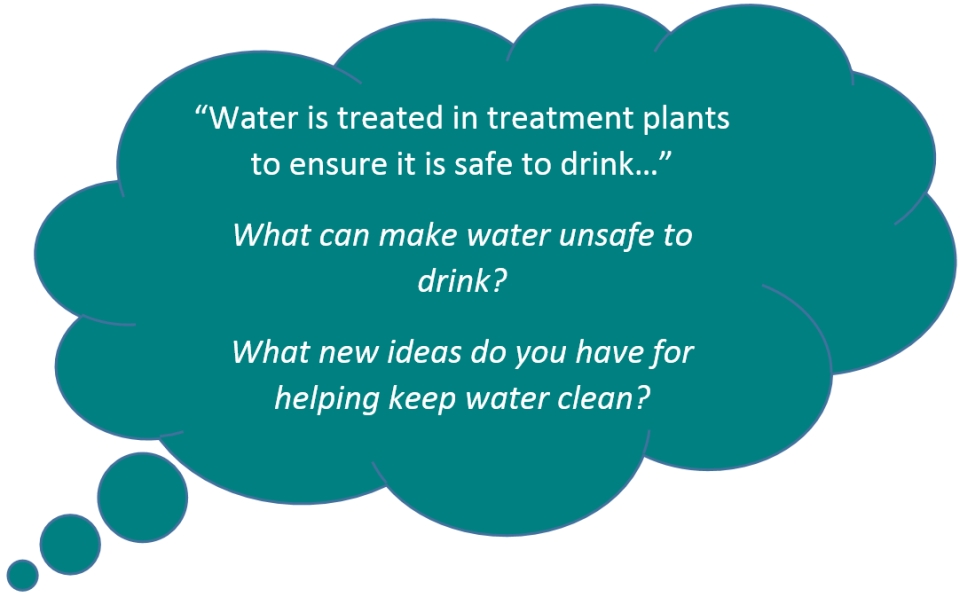
- Clumping impurities
Because the impurities floating in water can be very small, it’s easier to get them out if they can clump together in bigger groups. Chemicals can be added to the water to attract the suspended particles like a magnet and bind them together into larger particles that we can see (called floc). - Separating out the floc to remove impurities
Millions of tiny bubbles of air are pumped into the water. The bubbles join onto the floc, floating them to the surface where they form a ‘floc blanket’ which can then be removed and treated. This waste is sent to a centrifuge, which spins really fast, removing the excess water like the spin cycle in a washing machine, returning the clean recycled water to the inlet to the water treatment plant and leaving behind solid sludge which is taken to the landfill at Wainuiomata. - Filtering the water
The water that is left under the floc blanket flows through a sand filter at the bottom of the tank. This acts like a very fine screen, trapping and separating out any last particles that didn’t float to the top. The clean drinking water has a long way to go from the water treatment plant, through pipes to local storage reservoirs and then through more pipes before it reaches taps. - Adding Chlorine and Flouride
Before the water goes to the treated water reservoir, chlorine is added to kill any bugs that may remain in the water or that might enter the water over the long journey. About 5 million litres can be stored in the treated water reservoir at Wainuiomata at a time. Fluoride is also added before it reaches our taps, to help keep our teeth strong and healthy. - The water is monitored throughout the treatment process to make sure it meets New Zealand’s drinking water standards.

